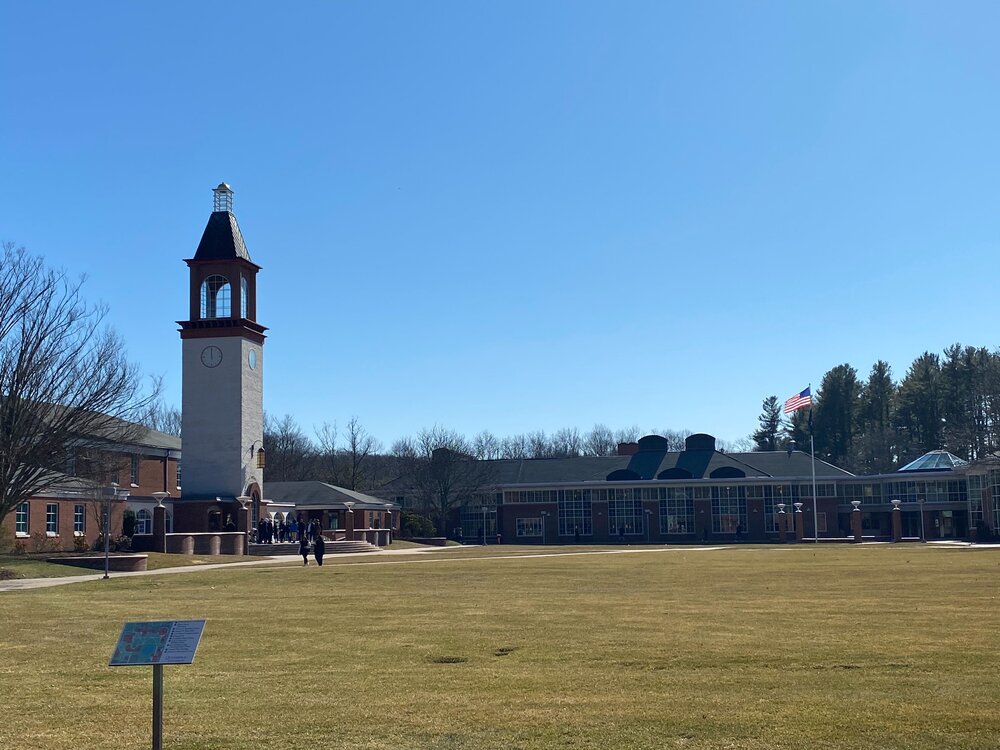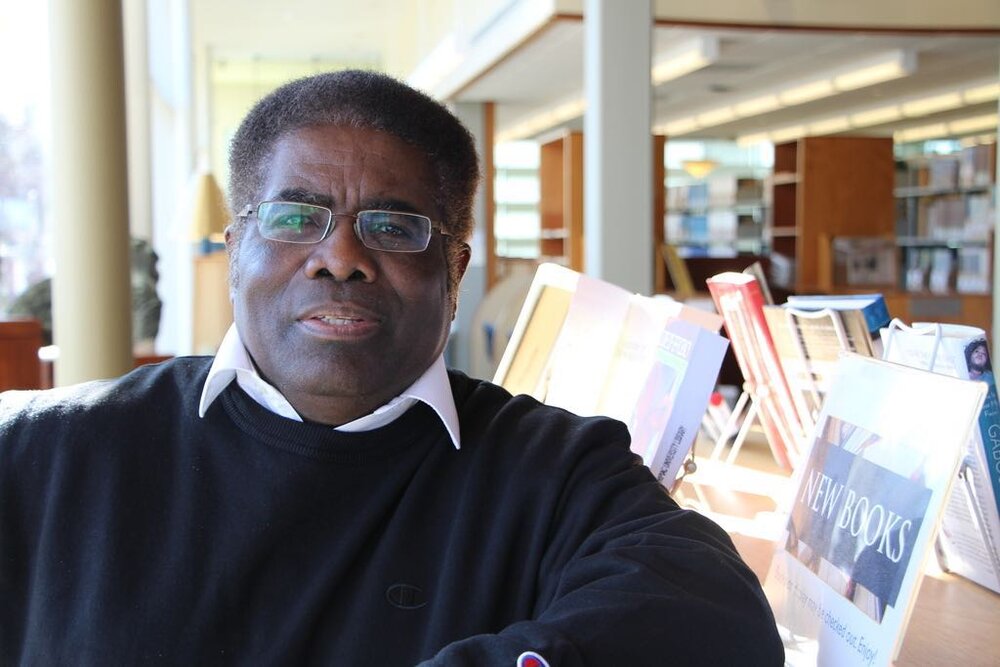The Hamden Police Department is now accepting applications for its 11th session of the Hamden Citizen’s Police Academy.
The academy, which will begin on March 26, is designed to provide residents with important knowledge through education and conversation.
Hamden Police Capt. Ronald Smith spoke about the importance of the training program.

Members of the 2019 Hamden Citizens Police Academy pose for a group photo.
Detective John Inglese/Hamden Police Department
“It gives us the opportunity to explain to our residents, business owners, and college students, what the Hamden police department does and why we do things the way that we do,” Smith said. “It also gives us an opportunity to listen to our residents’ complaints about how we can make their lives better.”
Smith adds the academy’s origin stems from the ever-changing role of a police officer.
“The primary focus is now on community policing, so we here at the Hamden Police Department are always looking to engage the community in certain types of events,” Smith said. “The Citizen’s Police Academy has been highly successful and the people that have attended have enjoyed it immensely.”
Hamden’s Acting Deputy Chief, John Sullivan, shares his thoughts on the academy.
“We’re learning from them just as well as they’re learning from us,” Sullivan said. “It’s created a really good bond with the people we serve and a very good teaching tool for everyone. Citizens are more aware of their surroundings and what’s going on in the community.”
Sullivan mentions that the information makes people more useful as witnesses.
As it relates to the involvement of Quinnipiac University, Sullivan believes there is tremendous value in the academy and he encourages all students to attend.
Smith also acknowledged that Quinnipiac students have enrolled in the past and he hopes to see more in the future.
“You don’t have to make every class. If you only make a few, at least you are learning something. We encourage Quinnipiac University students to attend this class because it’s fun,” Smith said. “It’s not a classroom where someone is just providing you information on a PowerPoint, it’s interactive with a lot of laughs, and there’s a canine demonstration, which a lot of people enjoy.”
Smith adds that the academy has made people feel more comfortable living in Hamden.
“We just want to make sure that everybody enjoys their time here in Hamden and if there is an issue, we’re here to provide them the assistance that they need. It’s been a positive experience and I haven’t heard anything negative about it.”
Hamden’s Deputy Directors for Emergency Management, Bob Freeman, is happy he completed the program.
Freeman, who’s been involved in emergency management for over 40 years and is the current Coordinator for Hamden’s Community Emergency Response Team (CERT), believes that the program is worthy of peoples’ time.
“Without exaggerating, this program was one of the most rewarding presentations that I have been part of in my entire career,” Freeman said.
The academy helped Freeman understand the stress and commitment that it takes to be a law enforcement officer. He also commends the Hamden Police Department for putting it all together.
“The instruction and information presented by Captain Ron Smith, Sergeant Brent Zuscin and their Brother & Sister Police Officers were beyond excellence and displayed every part of the job they do,” Freeman said.











